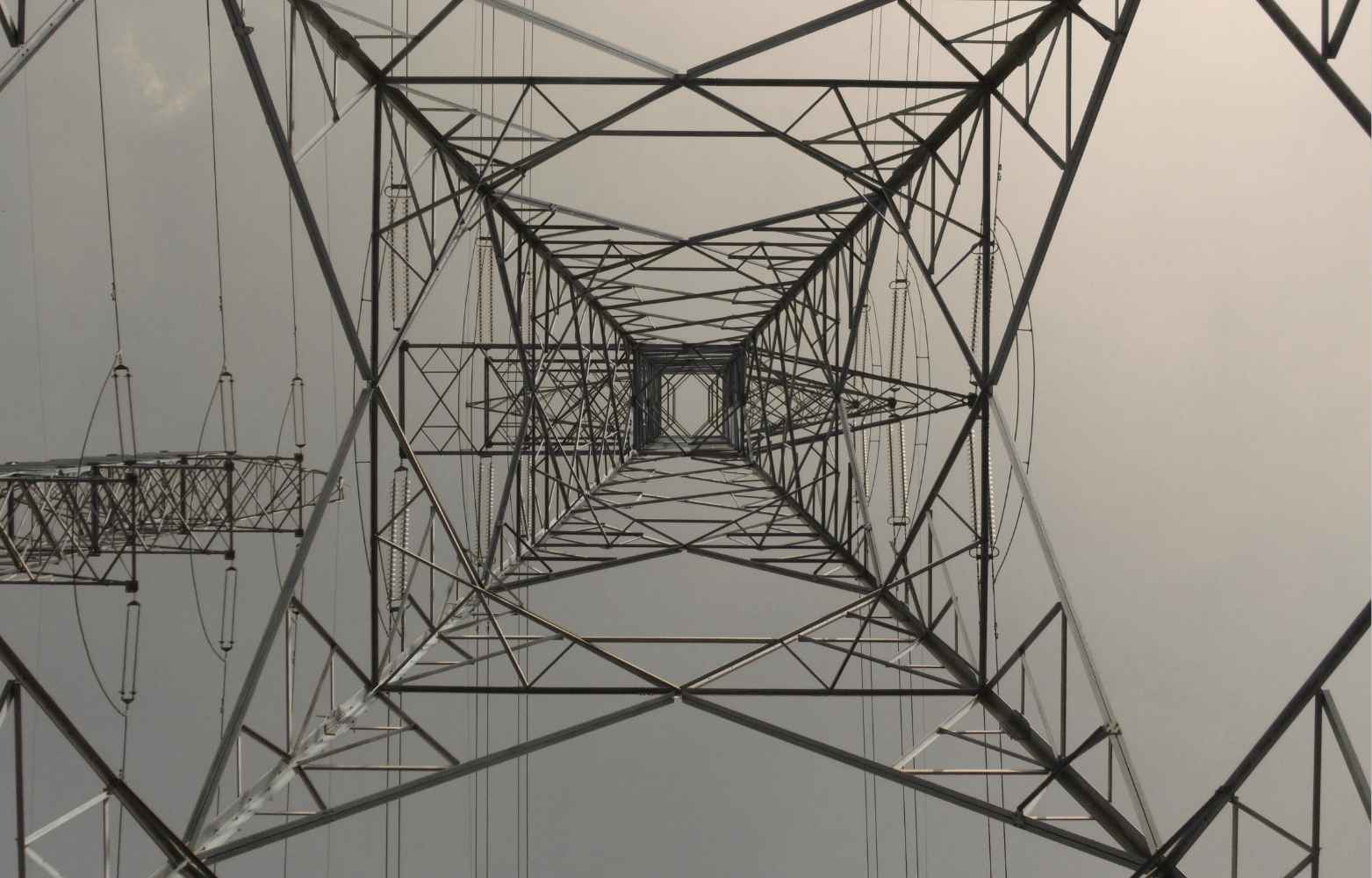On a cold January morning earlier this year, intraday power prices in Great Britain surged by more than £100/MWh in under 20 minutes. The cause? A sudden drop in wind generation coupled with a last-minute outage. For most traders, the warning signs weren’t visible until the market had already moved. By then, the damage was already done.
This is the reality of short-term power markets today: risk moves faster than the human eye. Yet risk management in many trading rooms still leans on manual oversight, instinct, and experience. Those skills remain invaluable, but they often fall short in a market that can reprice multiple times within a single settlement period.
To explore how trading firms can keep pace, we spoke with Matthew Bird, CEO and Co-founder of Quantile Energy. His team is developing systematic strategies for power trading, and in this article, he shares their perspective on risk, agility, and the evolving role of the human trader in short-term power markets.
The Risk Blind Spot
It is not that traders are negligent, but the sheer volume, speed, and complexity of modern power market data make it almost impossible to catch every meaningful signal in real time.
A trader might submit a day-ahead auction while an imbalance price swings wildly in the background, or focus on one interconnector while frequency events unfold elsewhere.
These micro events accumulate into macro risk, and if you cannot spot them, you cannot manage them. The fallout is missed opportunities, unexpected losses, and a growing performance gap between the most technologically advanced desks and the rest.
When Scale Slows You Down
The uncomfortable truth is that some of the largest players in the market, utilities, generators, and even major trading houses, struggle to adapt to this pace. Decades of layering new tools over old infrastructure make it tough to ingest and act on new data streams quickly. Change can require numerous approvals, cross-department coordination, and months of IT work. By the time a new risk model is deployed, the market has already moved on. Meanwhile, smaller, tech-first firms can build and ship new models in days, sometimes hours. In today’s markets, agility is a competitive advantage in its own right.
The Tech-First Risk Mindset
The next generation of trading desks will be built around technology first, but that doesn’t mean removing traders. Traders will focus more of their efforts on strategy development. While algorithms monitor hundreds of signals in parallel, flagging anomalies and executing within milliseconds, humans will step in where judgment, context, and adaptability are required.
At Quantile Energy, this vision is already in place. Our infrastructure allows for risk detection and mitigation at machine speed, while human oversight ensures strategies remain aligned with broader objectives.
That’s why every strategy we deploy must first pass two tests:
- Rigour Effect Test: Does the strategy perform consistently across different market conditions, over a substantial period of time?
- Risk Analysis Review: How does it behave under extreme but plausible scenarios?
Only after clearing both hurdles will we even consider going live. This rigorous backtesting infrastructure isn’t a “nice to have”, it’s the difference between being reactive and being ready.
Looking Ahead
Short-term power markets are only getting faster and more volatile. Manual oversight alone can’t keep up, and large, slow-moving organisations risk being left behind. The firms that thrive will be those that can combine systematic risk management with the flexibility to adapt in real time. For us, that means rigorous testing, fast deployment, and a willingness to rethink the role of the human trader entirely.If you share this vision, head to our website. We’re currently on the lookout for systematic energy traders, software developers and quant analysts who want to work at the forefront of short-term power markets.
Looking for more insights?
Get exclusive insights from industry leaders, stay up-to-date with the latest news, and explore the cutting-edge tech shaping the sector by subscribing to our newsletter, Commodities Tech Insider.




